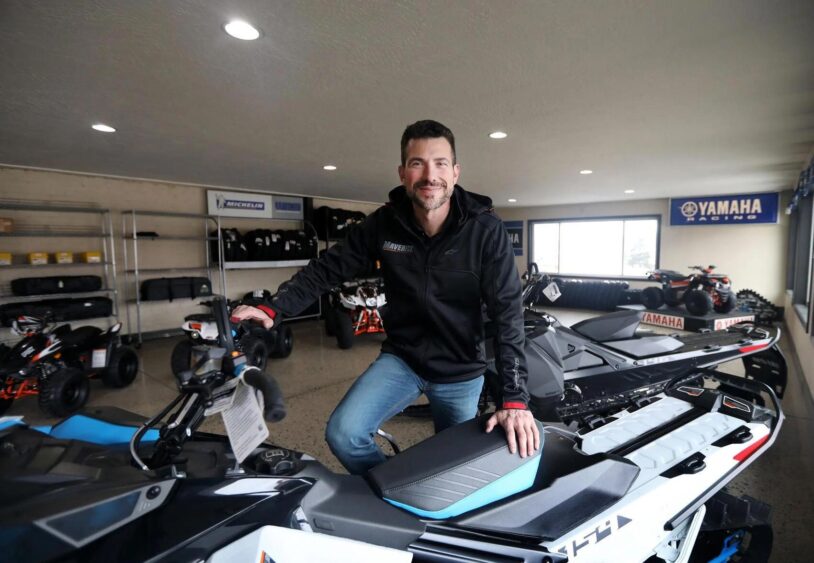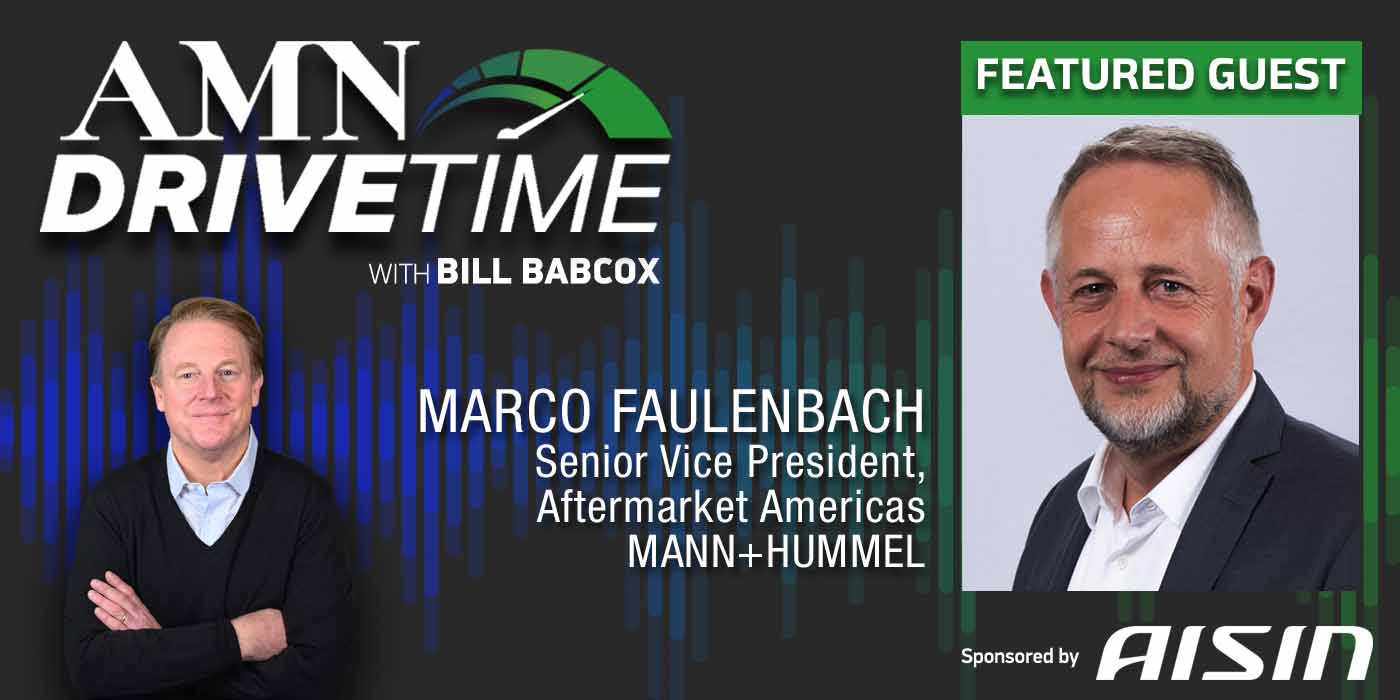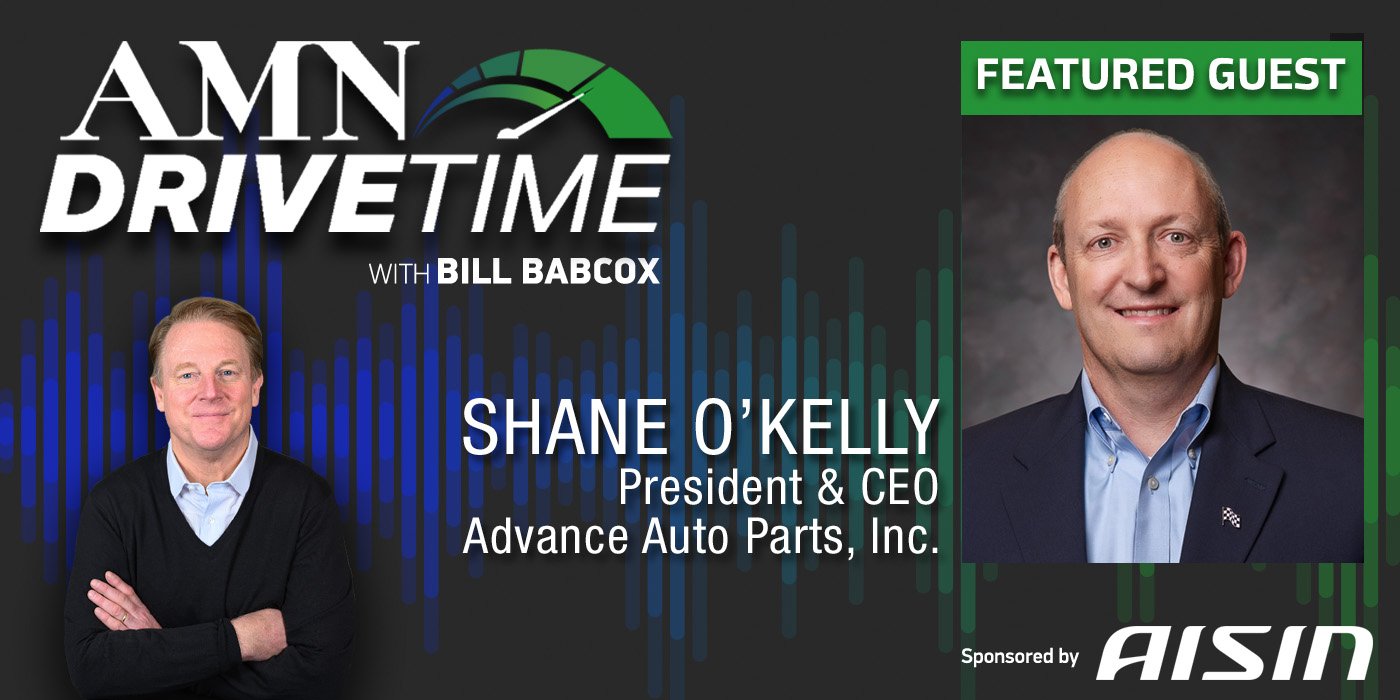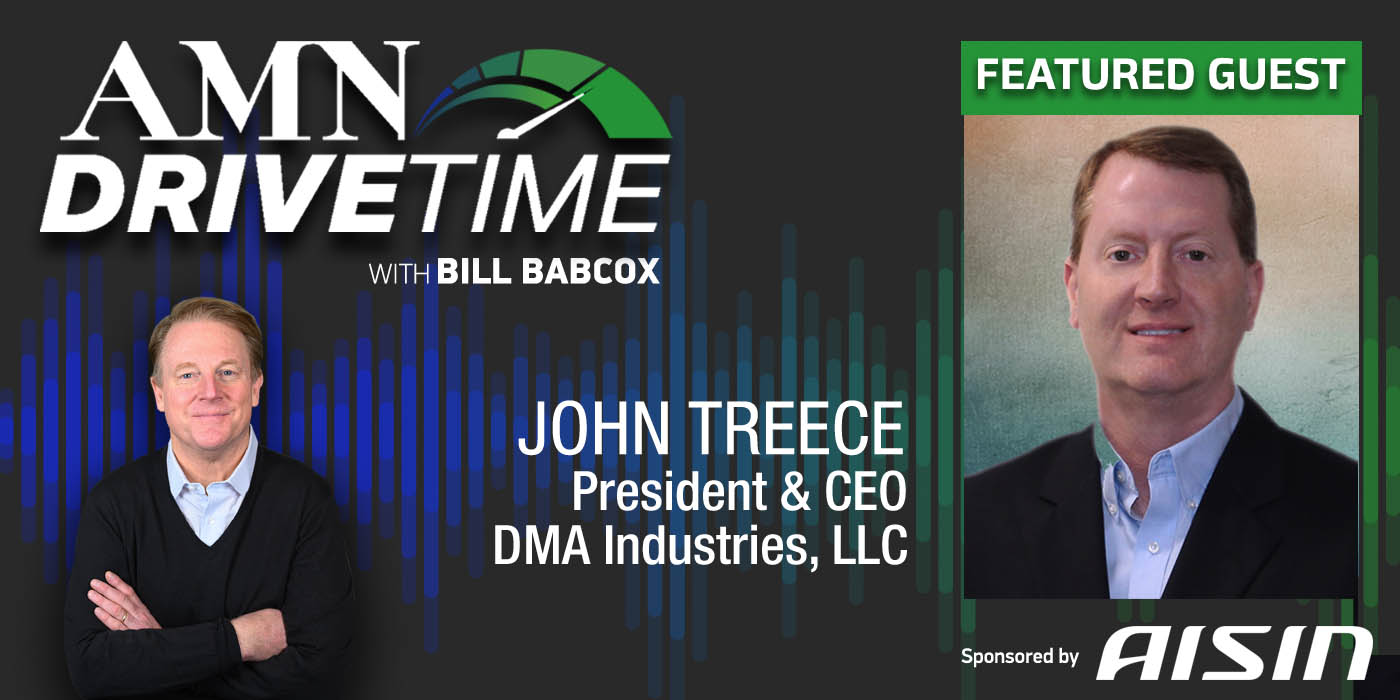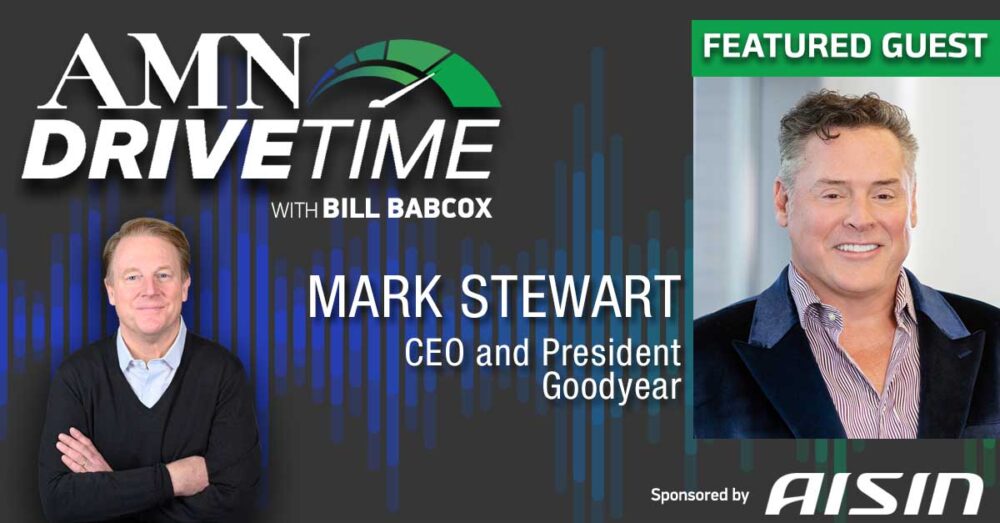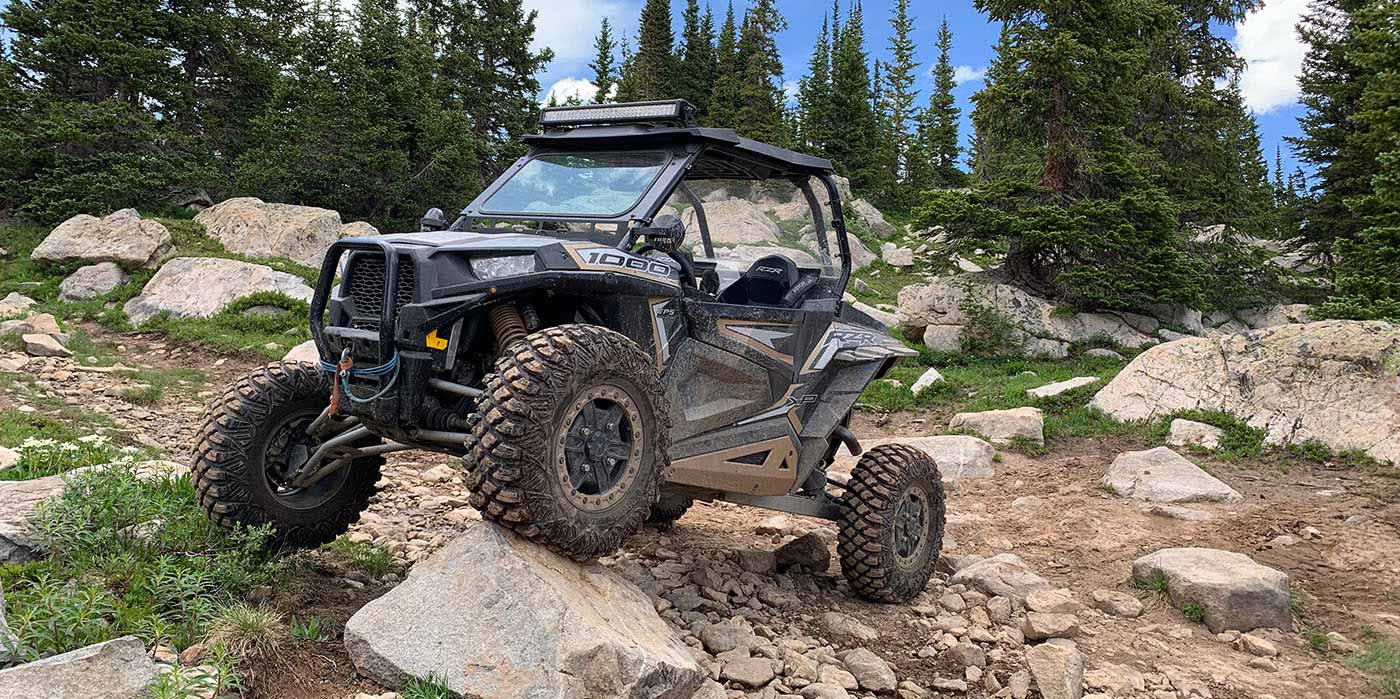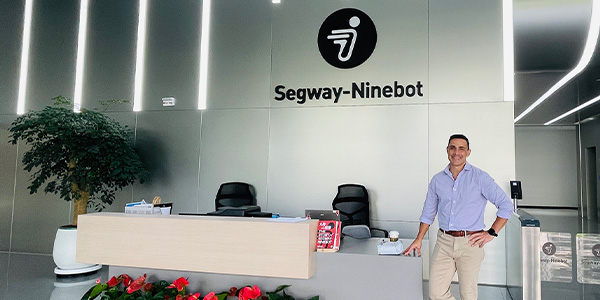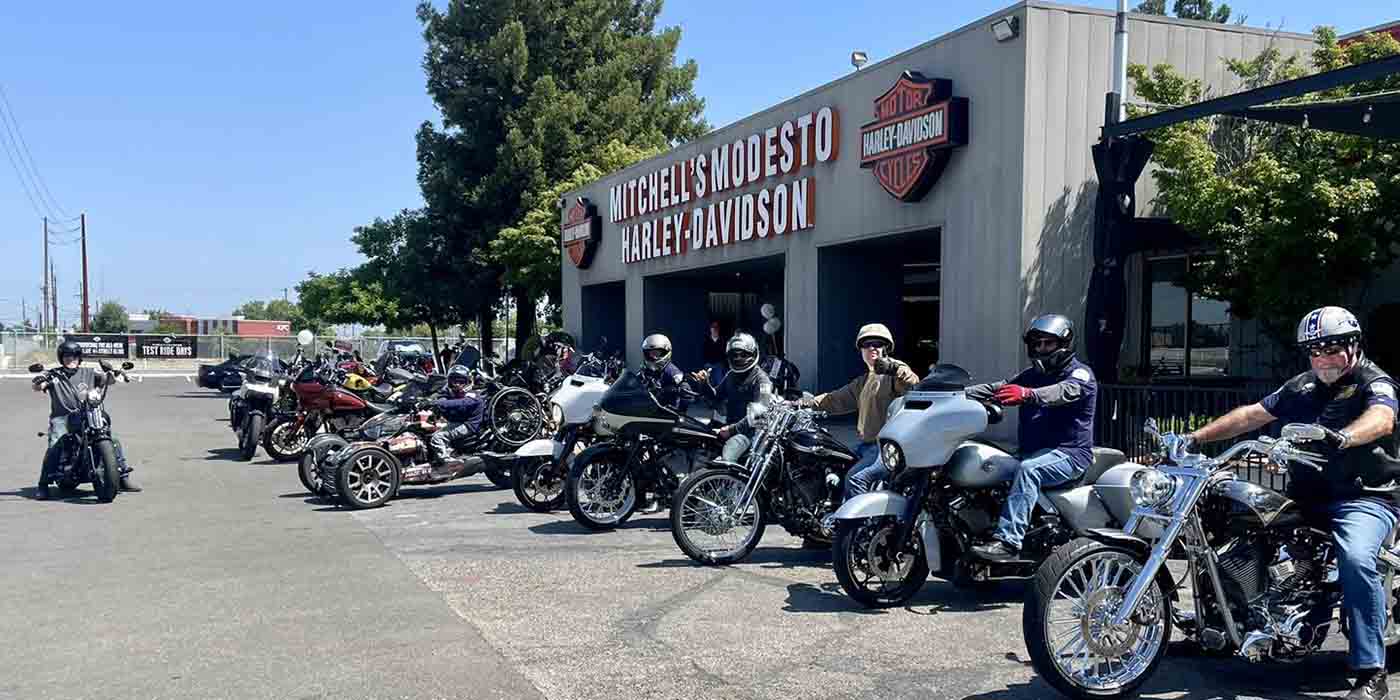Unlike cars, powersports are not purchases of necessity, but rather of passion. It’s what also separates powersports dealers from other salespeople. They’re not just selling vehicles — they’re selling vehicles they love and the love of riding that goes with them. However, after the mad rush of sales during COVID and the post-pandemic sales slump, dealers have struggled to attract new riders and return to a state of pre-pandemic operations. According to Brent Gyuricza, dealer principal of Maverick Motorsports in Western Montana, the key to reinvigorating a dealership lies in getting back to the basics and creating a sense of community.
Watch the video to learn more about Brent’s views on:
- 1:00: The state of the powersports industry
- 3:38: Consumer buying trends
- 8:07: Electric adoption in powersports
- 11:40: Automotive vs. powersports dealers
- 14:37: Attracting female riders
- 15:48: Work on MIC’s dealer advisory council
- 18:29: Recruiting staff and offering unique incentives
It’s Electric
“Exciting.”
That’s how succinctly Gyuricza describes the state of the powersports industry right now.
“We’re seeing a tremendous amount of new engineering, new componentry, all the way from motorcycles to side-by-sides,” he says. This technology encompasses everything from lean angle sensors, integrated anti-lock brake (ABS) systems and lane tracking on bikes to new shock geometries on side-by-sides. What excites him most about this technology is that it makes motorcycle riding safer.
Speaking of new technology, Gyuricza is also on board and actively promoting electric vehicle (EV) powersport models, even though he admits not everyone is as eager to adopt them as he is.
“What we’re seeing on the EV front is really a big game changer. And I personally can’t wait to see a broader approach, a broader acceptance of it, because I think that’s just going to accelerate where we’re going,” he explains. Electric vehicles create an entirely new riding experience — one with a ton of fun torque and a quieter ride. To that end, he believes the side-by-side customers will adopt EVs more quickly than motorcycle riders, since people are getting back into the wilderness and electric vehicles allow them to enjoy the peace of their surroundings without all the noise and smell that accompanies an internal combustion engine (ICE).
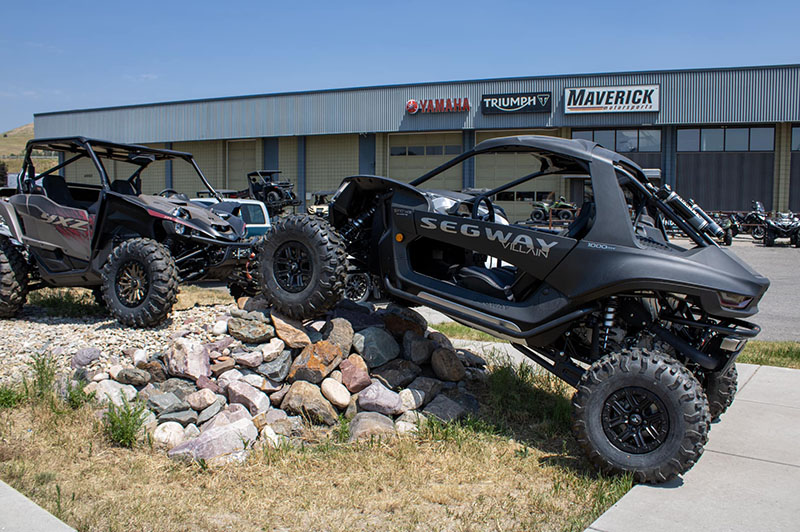
Of course, Gyuricza knows that EVs can be a hard sell in this market — to dealers and riders alike. Ultimately, he says, getting them to adopt electric vehicles will take a twofold approach: through manufacturer-driven agendas and, as always, by getting butts in seats. Gyuricza argues that it’s not difficult to convert even the most diehard ICE fans once you get them to try the products.
For instance, Gyuricza recalls when he had a Zero electric motorcycle the store was showing off and a Harley-Davidson rider came in: “He’s like, ‘I’ll never ride an electric motorcycle as long as I live. It’s an abomination.’ I mean, it was like, ‘This is the devil.’” However, Gyuricza made the rider a deal: He would give the man $100 if he took the Zero for a ride and did not have an amazing time. “He comes back in, takes off his helmet, and he’s got the biggest grin on his face. And he is like, ‘That was amazing,’” Gyuricza recalls with a matching grin.
Rebel Yell
While Gyuricza thinks the manufacturing arm of the industry is going well, he believes the dealer side is still trying to figure out how to operate successfully (especially post-pandemic), noting that there’s still a lot of pressure in the industry to follow automotive lines.
Gyuricza spoke with a large automotive and powersports brand owner, who told him that, because his brand started as an automotive group, the company wanted the powersports dealerships to follow the automotive policies, and the company even sent trainers to the powersports dealerships to teach them to be more “automotive.”
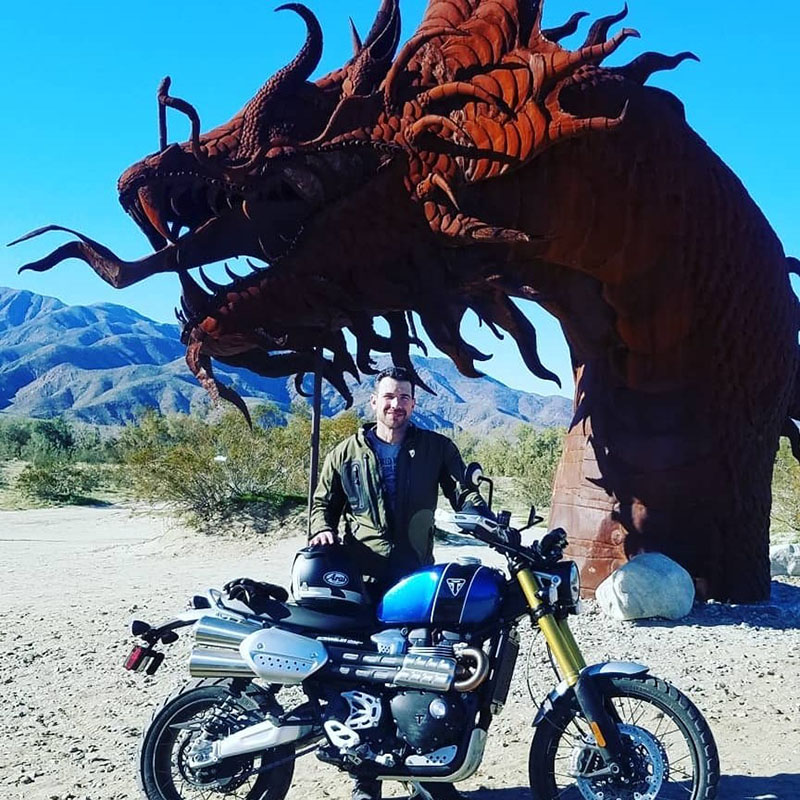
“And he said, ‘It’s just not possible. It is a different breed. It is a different type of sales. It is a different customer, and it’s a different type of employee.’ And so, I do think there’s a lot of manufacturers still trying to say we’ve got to follow the automotive standard. And I think that a lot of that shows up in the showrooms. The expense and the energy is misplaced, in my opinion,” Gyuricza argues.
On the bright side, Gyuricza says the powersports industry is really putting effort into trying to find new riders. He specifically points out the Motorcycle Industry Council’s initiatives in that field, applauding the organization for hiring a new female CEO.
After all, one of the lowest-hanging fruits in the new-rider initiative is attracting more female riders. Gyuricza says, “I can tell you my opinion on how we can attract more of this under-represented rider segment: Put women in charge of determining the best ways to attract more women riders. I think right now, even though we’re making some valiant efforts, we need more female representation leading the marketing charge to attract these riders. Right now, it’s mostly men driving the message; are we the right ones to be doing that? I don’t know that I’m qualified to determine what a female rider is looking for when deciding to start their rider journey. If we want to cultivate more women on motorcycles, we need to have them champion that effort. That needs to start with the manufacturers and flow all the way down to the dealership level.”
The Fun Remains the Same
All businesses today seem to struggle with recruitment, but in the powersports industry, it’s especially difficult to retain quality staff due to competition with automotive and RV sales, which offer higher pay for the same type of job. Maverick Motorsports seeks to overcome this gap by fostering a passionate, hobby-oriented work culture and recruiting employees from their customer base, as these individuals already align with the dealership’s lifestyle and values.
For instance, one of Gyuricza’s most successful salespeople started out as a customer who was working for a furniture company. That customer had gone out to repossess some furniture before stopping by the dealership, and Gyuricza was impressed by the kind of guts it would take to do that. But the customer didn’t feel comfortable with his job, so Gyuricza asked him how he would feel about selling motorcycles. The customer replied that it would be a dream job, so Gyuricza made him an offer, and two weeks later, he came to work for Maverick Motorsports. Eight years later, he’s still there.
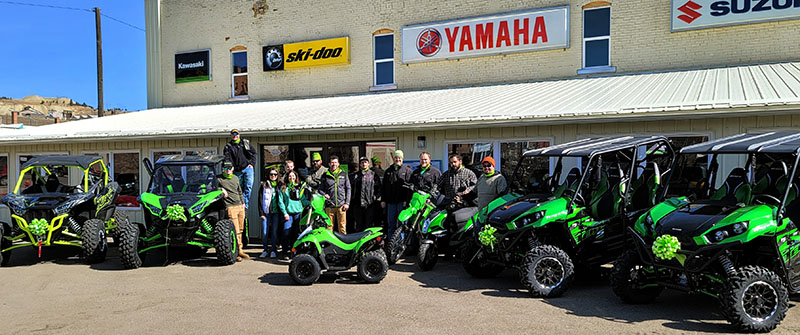
Part of retaining staff means incentivizing them, and while employees appreciate the traditional offerings, such as competitive healthcare, it’s the unique benefits that can really make a company stand out. Today, the housing crisis affects millions of people, who struggle to be able to find and afford a home. Gyuricza knows this, and he also knows from experience that no matter how much money you make, you can spend every dollar of it. When Gyuricza noticed that many of his employees who made good salaries didn’t own homes, he decided to do something about it.
“We started making an incentive where we would help them buy their first home. As they work for us over a number of years, we have a little bank of funds that we set aside for them that can only be used for the purchase of a new house. I personally will sit down with them if they need it and show them how to structure a deal, how to buy a first house, how to talk to the bank. We’ve worked with some local community programs that will put them through a first-time buyer’s program,” Gyuricza explains.
Maverick Motorsports started the program three years ago, and in that time, he’s had at least five employees buy their first homes through the program. “I think that’s maybe the program I’m the most excited about. It’s one that I’m always excited when they use that money and it gets someone that leg-up chance,” he adds.
Good Times Bad Times
As noted, Gyuricza believes the state of the industry is “exciting,” and despite current challenges, such as flat sales and financing difficulties, he remains optimistic about the future of powersports. He knows that these challenging times are cyclical, and so he remains optimistic.
“I think the industry’s got some of its brightest and best days ahead of it, so it’s an exciting business to be in. It’s not one that we’re in to make crazy money, because I think any of us could go to another industry and easily make more. Again, it’s about passion, and I love that the manufacturers are sharing the passion for the development of the industry and the sport. I am a bit of an eternal optimist, but I believe we’re going to get past some of these financial hurdles and struggles. I think we all have been in a post-pandemic learning curve, and I think we’re going to get there.”
Maverick Motorsports exists because Gyuricza bought a dealership that sold him a motorcycle but not an experience. He felt it was missing the sense of camaraderie and community that makes the powersports industry so unique. It’s that innate sense of righting a wrong in the industry that has propelled him to take greater stands — even up to taking legal action against an OEM for unfair financial practices — that makes him a Vehicle Care RockStar.
